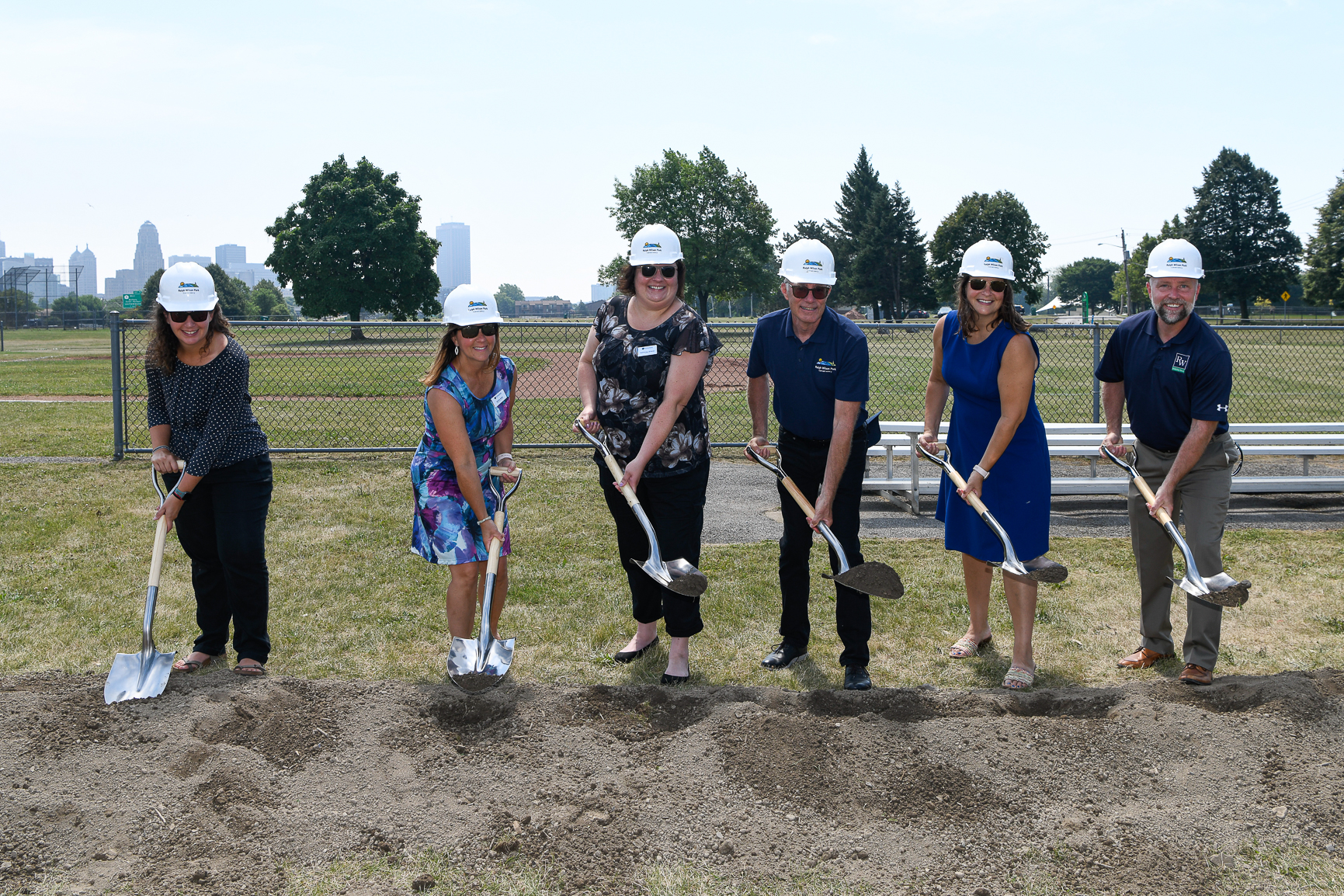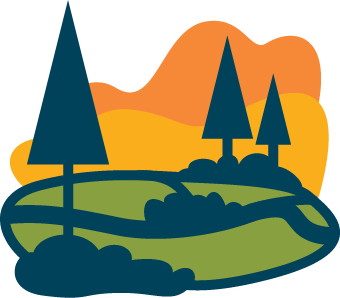
The design and development of Ralph Wilson Park was inspired and informed by Imagine LaSalle, a multi-year, community-driven initiative that began in January 2018, led by the University at Buffalo Regional Institute (UBRI) to guide the transformation of the park. Thousands of partners, community members, and stakeholders have been involved in the planning and design of this signature, year-round attraction, meeting regularly to move the design forward over the past five plus years, including throughout the pandemic. We will be highlighting these partners regularly to draw attention to the hard work and collaboration of so many that has brought us to the beginning of construction.
Buffalo Niagara Waterkeeper
Our first profiled partner is Buffalo Niagara Waterkeeper (BNW). The team at BNW have been the guardians of Western New York’s fresh water for more than 30 years, by protecting our waterways, restoring the waterways and the surrounding ecosystem, connecting people to their water in WNY, and inspiring both economic activity along the waterfronts as well as community engagement. Since the planning process for Ralph Wilson Park began, BNW has worked to ensure that the concepts for a reimagined park would reconnect the surrounding neighborhoods to their waterfront, inspire climate resiliency, and protect our freshwater resources.
How has BNW been involved in planning for Ralph Wilson Park?
Like all of BNW’s projects, the organization’s involvement with the redesign of Ralph Wilson Park has been a collaborative effort, with many partners playing important roles to develop this community asset. Buffalo Niagara Waterkeeper’s early work on the project served as a convener of future partners, brought funding to the table, and helped to catalyze momentum and interest in the park’s future from state, federal, and local funders and partners.
Early on in the planning process, Buffalo Niagara Waterkeeper commissioned a study to understand the current condition of the seawall of the park, which led to many conversations about how to remove the current hardened shoreline and develop a more natural, ecologically resilient shoreline in the overall design and transformation. BNW advocated for the restoration of the Ralph Wilson Park shoreline and aquatic systems to be a federal and state priority. BNW urged the NYS Department of Environmental Conservation to amend the Niagara River Area of Concern Habitat Restoration Plan to include this park among its many sites, and prioritize the restoration of the park’s shoreline and its aquatic ecosystems. This critical change to the Plan enabled the park project to qualify for Federal Great Lakes Restoration Initiative and Bipartisan Infrastructure Law funding, currently providing over $11 million to the project. In addition, BNW wrote and secured four grants from state entities and foundations for a total of $9.25 million.
The goal was to create a revitalized shoreline that accomplished four things: increased coastal resiliency and flood protection so that the shoreline will be better able to handle storms than it is now; habitat uplift; and increased accessibility to the water for the community.
How will the shoreline change through the construction?
The transformed shoreline at Ralph Wilson Park will replace the current steep, hardened seawalls with gradual slopes and natural elements that will provide increased ecosystem benefits and a greater user experience.
As the steward of the Great Lakes and Niagara River watershed, BNW is committed to supporting the creation of acres of submerged and emergent wetland, resilient shorelines, deep water channels, and fish enhancement structures. At Ralph Wilson Park, that means that park users will be connected to a safer and more accessible shoreline experience, as well as opportunities for immersion in restored ecological habitats, in the new inlet, and along the lakefront.
How will BNW continue to stay involved with the Park throughout construction and beyond?
BNW is collaborating on the planning, design, and implementation of green and living infrastructure upgrades. For example, the park will be designed to capture stormwater runoff and filter pollutants before they reach the Niagara River, Black Rock Canal, and Lake Erie. These features include bioswales, tree planting clusters, a living shoreline treatment, and a constructed wetland (the Inlet), designed as the crown ecological jewel of the new Ralph Wilson Park.
As the projects moves into the construction phase, Waterkeeper will maintain a role in assisting the City and Foundation with grant administration and in monitoring the implementation of ecological restoration features.
How will these new features benefit Western New York and other waterfront communities?
While the features will serve a critical infrastructure need, they will also be designed to provide public benefits including recreation, aesthetic improvements, and access to the shoreline that is currently unsafe and unfit for public enjoyment.
The design is intended to completely transform the health and vitality of natural resources at the park by introducing ecologically robust living infrastructure components that take the place of traditional grey infrastructure, while simultaneously creating fish and wildlife habitat.
BNW is leading the way in advising on the green infrastructure design of the park. We know this project will be used as a model for other New York State communities and will serve to promote Western New York as a resilient and sustainable coastal community.









